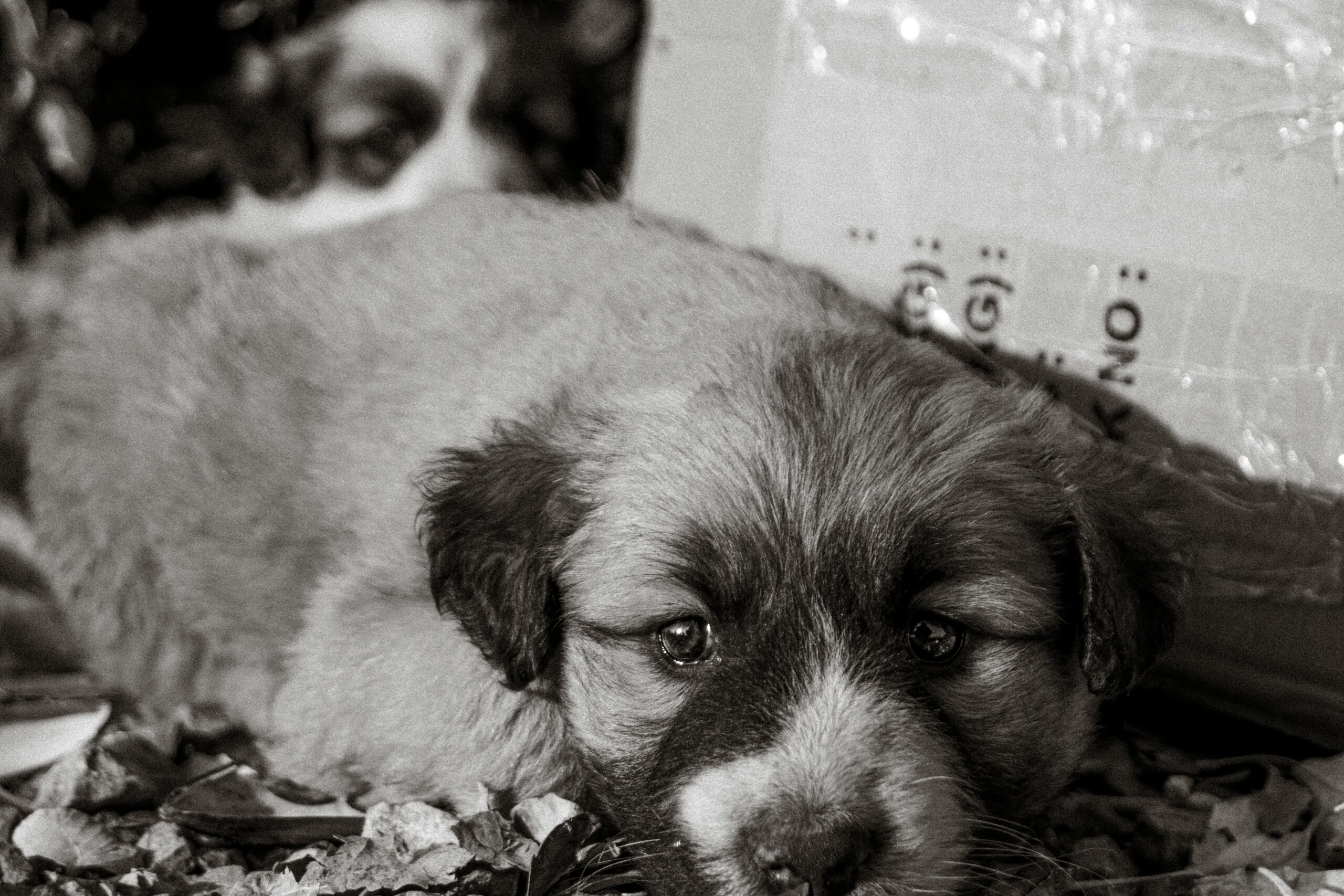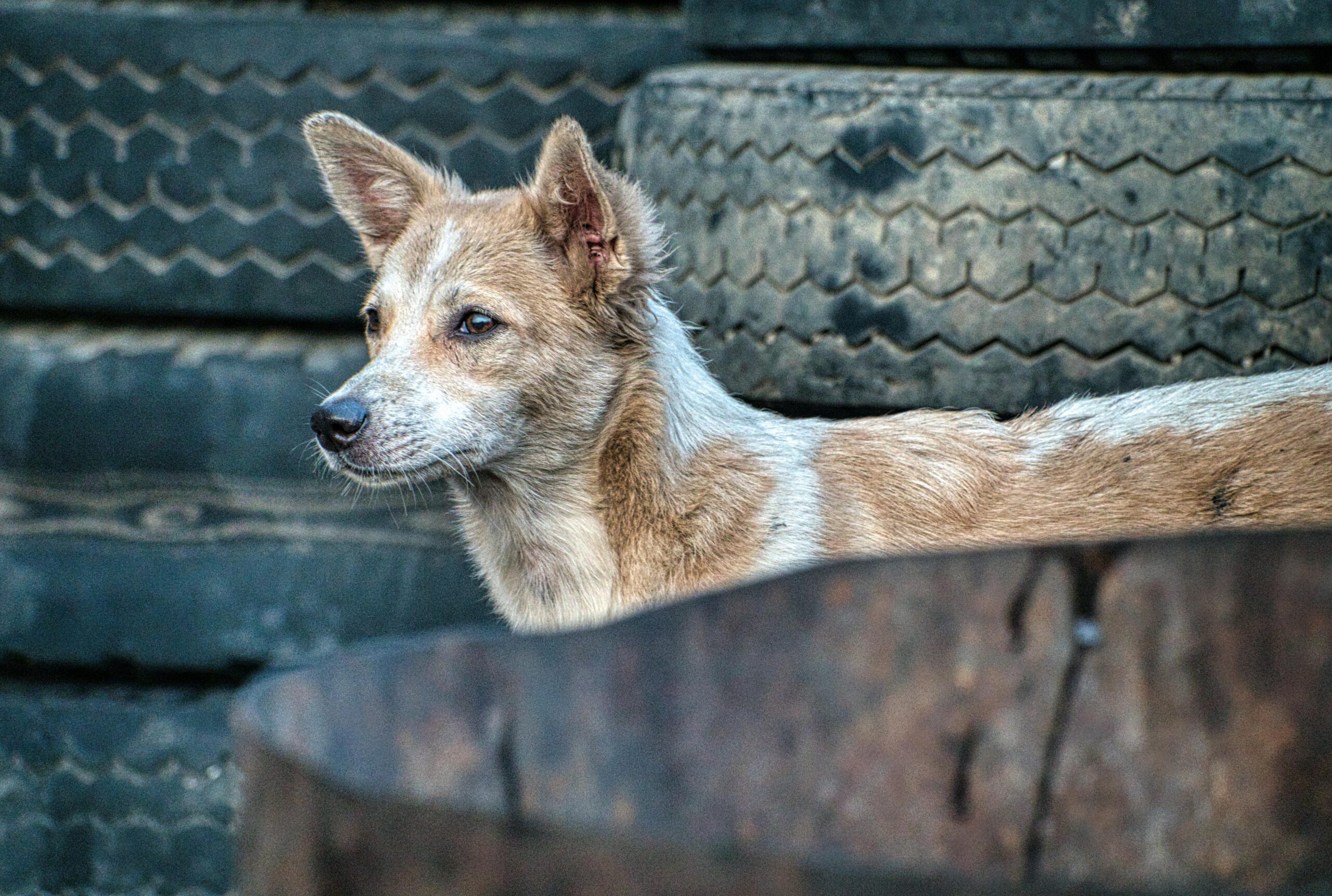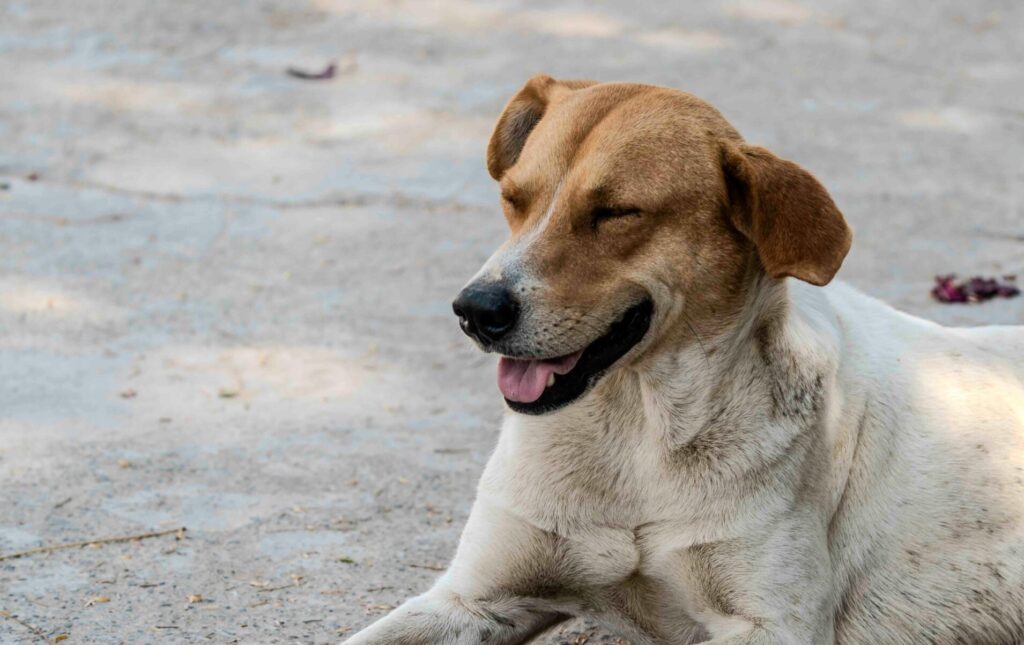Across the globe 75% of the dog population are free-roaming and sterilisation remains the single most effective and compassionate method of controlling this population. Without intervention, one female dog and just one litter of puppies could result in 67,000 more homeless dogs living on the streets in just six years.
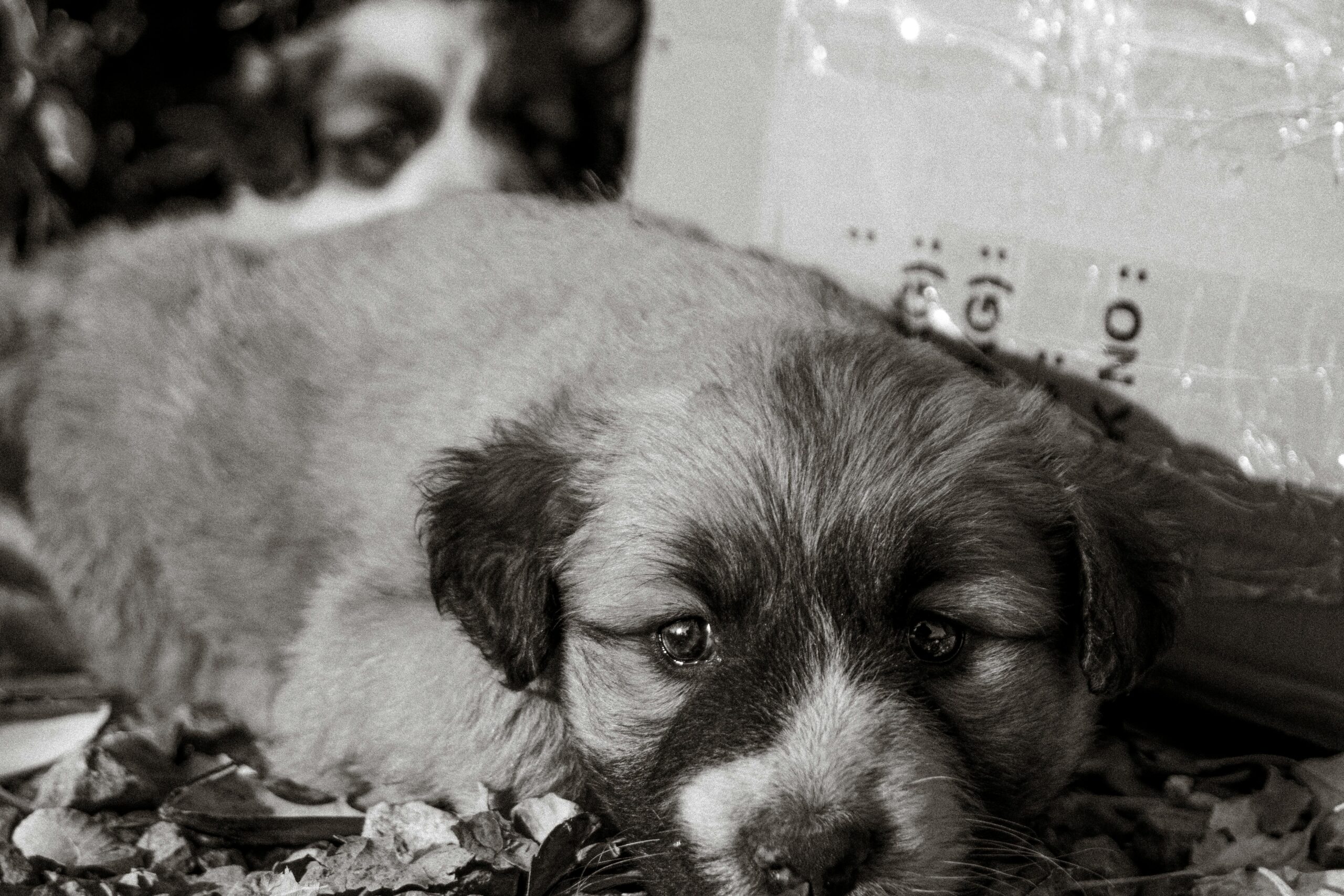
WSAVA Guidelines Spark Global Conversation
When the World Small Animal Veterinary Association (WSAVA) announced its new landmark guidelines almost a year ago, recommending that vets and veterinary practices globally should reconsider routine spay and neuter procedures, it caused quite a stir!
The WSAVA’s role is to support companion animal vets by setting guidelines and best practice for vets around the globe for companion animals, not the millions of free-roaming dogs we see on the streets overseas and where sterilisation is crucial in reducing population numbers.
However, it is an interesting point of conversation and the guidelines are based on over 20 years of research comparing the health and longevity of spayed and neutered dogs compared to their entire counterparts.
As from June 2024, the conversation with vets is whether there is a need to spay or neuter pet dogs in some countries. Because reproductive hormones play an integral role in a dog’s biological and physiological make up, as well as other functions, new guidelines from the WSAVA Reproduction Control Committee raise the possibility of long-term health risks.
The guidelines talk about the risks in certain breeds for example in Rottweilers, where the risk of bone cancer is doubled when neutered. Similarly, scientific studies conclude that Vizslas are listed as being 10 times more prone to certain cancers when spayed or neutered.
Responsible Pet Ownership and Evolving Practices
One key aspect of the new guidelines is the concept of Responsible Pet Ownership (RPO), which veterinarians consider when deciding on neutering. This is especially relevant for female dogs, as their nine-month cycle and the challenges of preventing unwanted pregnancies can be discouraging for many owners.
To be clear, these new best practice guidelines are not designed to encourage people to breed their dogs; they are designed to highlight some health issues that were previously unknown, showing how science changes and moves forwards.
Ultimately, the decision whether and how to sterilise an animal should be based on a thorough assessment of the individual animal’s health and client preferences. Veterinarians play a crucial role in guiding these decisions, weighing the risks and benefits to ensure the best outcome for the animal.

Global Views on Neutering: A Divided Landscape
The world is divided in its views with Scandinavian countries already rarely neutering. In fact, in Norway it is currently illegal to do so! Compared to the USA where puppies can be neutered almost at birth, and with a strong social norm in favour of the practice, it is likely that change will be slow.
Change to practice takes time and awareness. With options including an ovary sparing spay, rather than a hysterectomy for bitches, and vasectomy for males allowing for important hormone production to remain could be the viable next stage, even for street dogs around the globe.

Why Sterilisation is Crucial for Free-Roaming Dogs
These considerations do not diminish the vital benefits of sterilisation for free-roaming dogs. For them, it prevents painful reproductive diseases, eliminates the physical and emotional stress of repeated pregnancies and mating cycles, and reduces behaviours that put dogs at risk, such as territorial aggression and disease transmission.
Most importantly, sterilisation breaks the cycle of suffering by addressing the root cause of overpopulation and reducing the cycle of endless litters struggling to survive in harsh street conditions. Beyond individual welfare, sterilisation also fosters safer communities by reducing territorial aggression and disease transmission, creating a healthier, safer environment for both animals and people.
Ultimately, in a world where millions of dogs suffer simply for being born into the wrong circumstances, spaying and neutering is a compassionate and essential step toward creating a healthier, more humane future for free-roaming dogs.
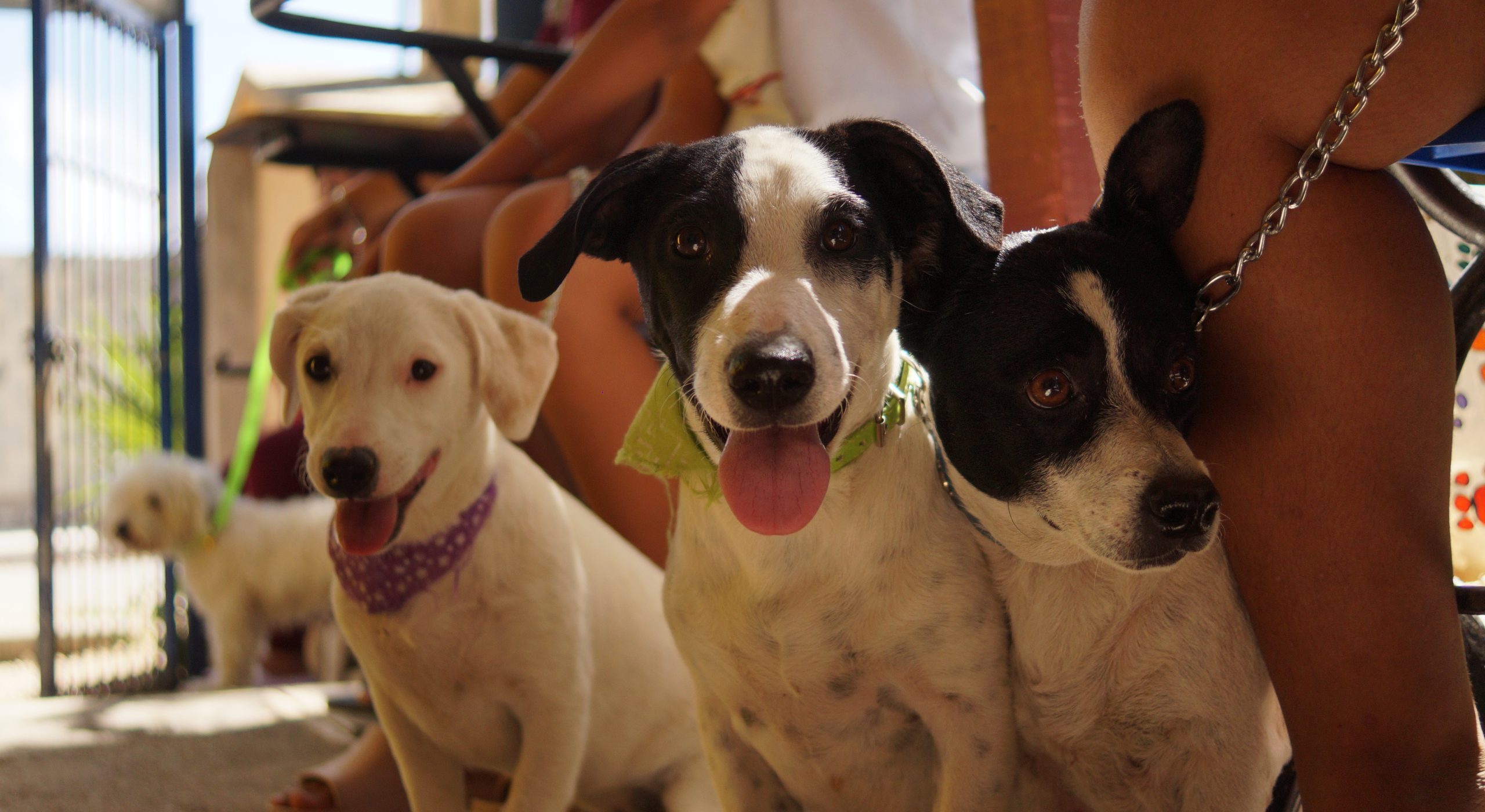
About the Author – Anna Webb
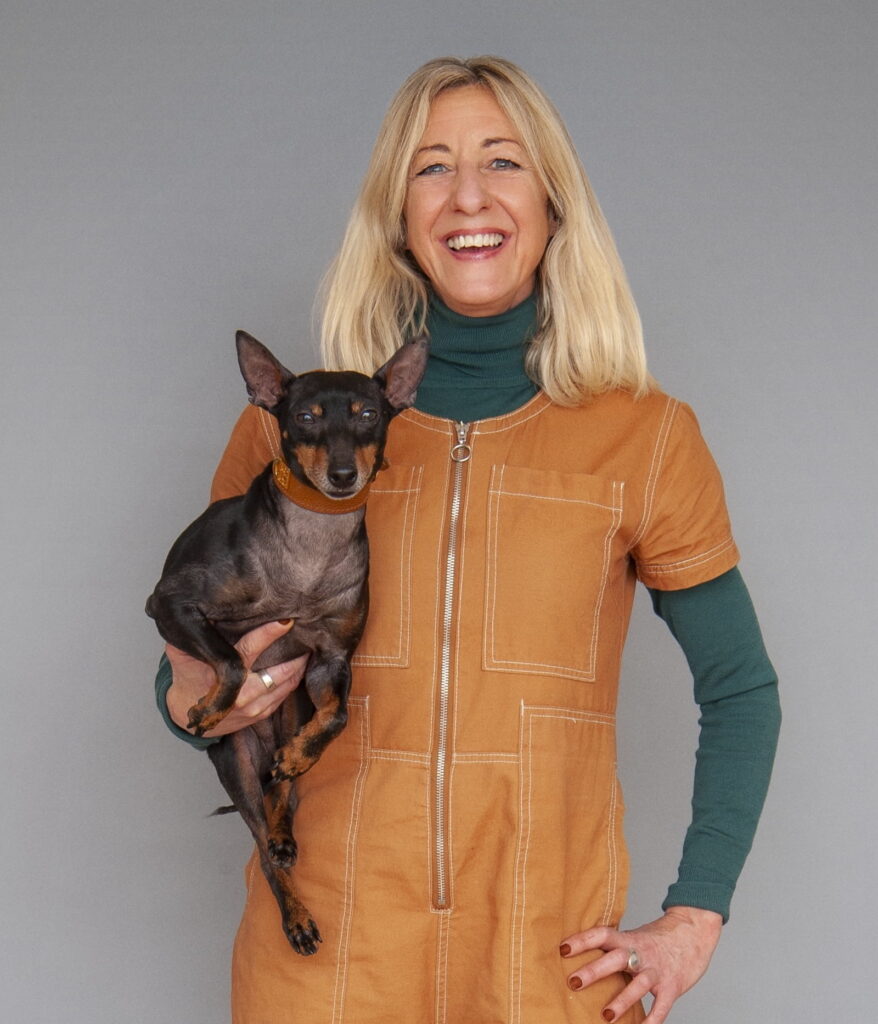
As a Canine Nutrition and Behaviour expert, Anna combines her psychology degree, with study at the College of Integrated Veterinary Therapies (CIVT) and over 20 years of experience. Host of the award-nominated A DOG’S LIFE podcast, she lives in London and is owned by Prudence, a Miniature Bull Terrier and Mr. Binks, a re-homed English Toy Terrier. www.annawebb.co.uk


